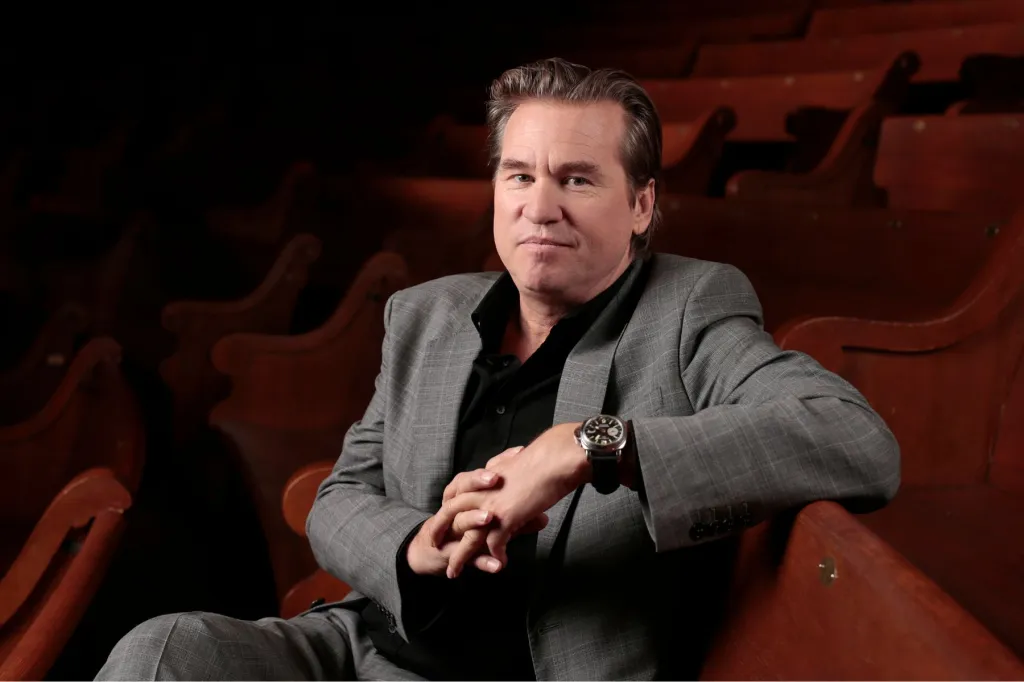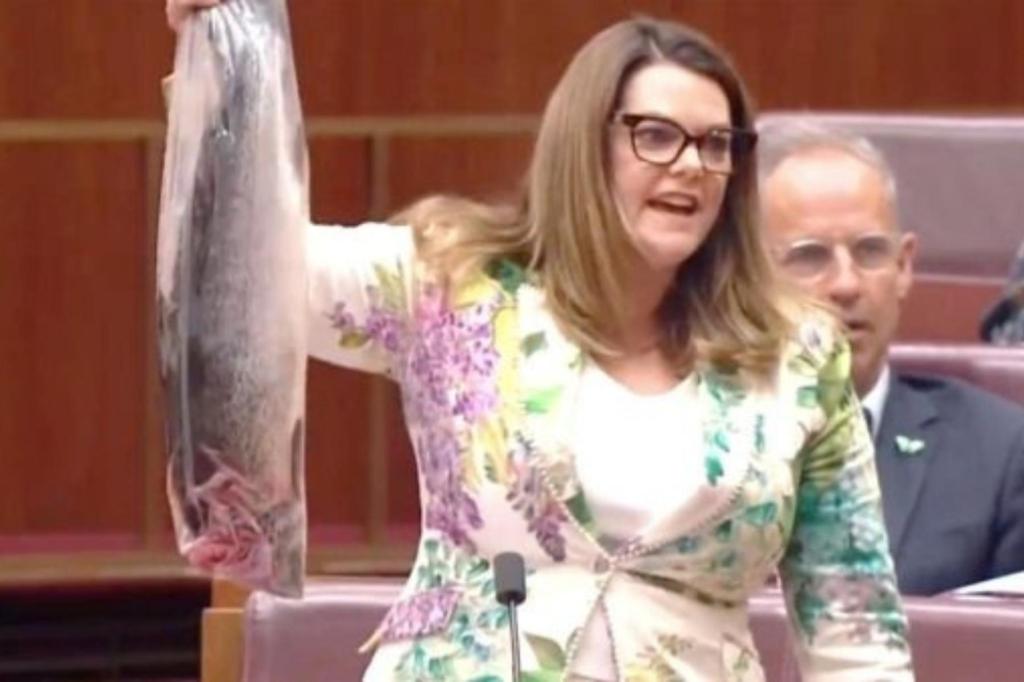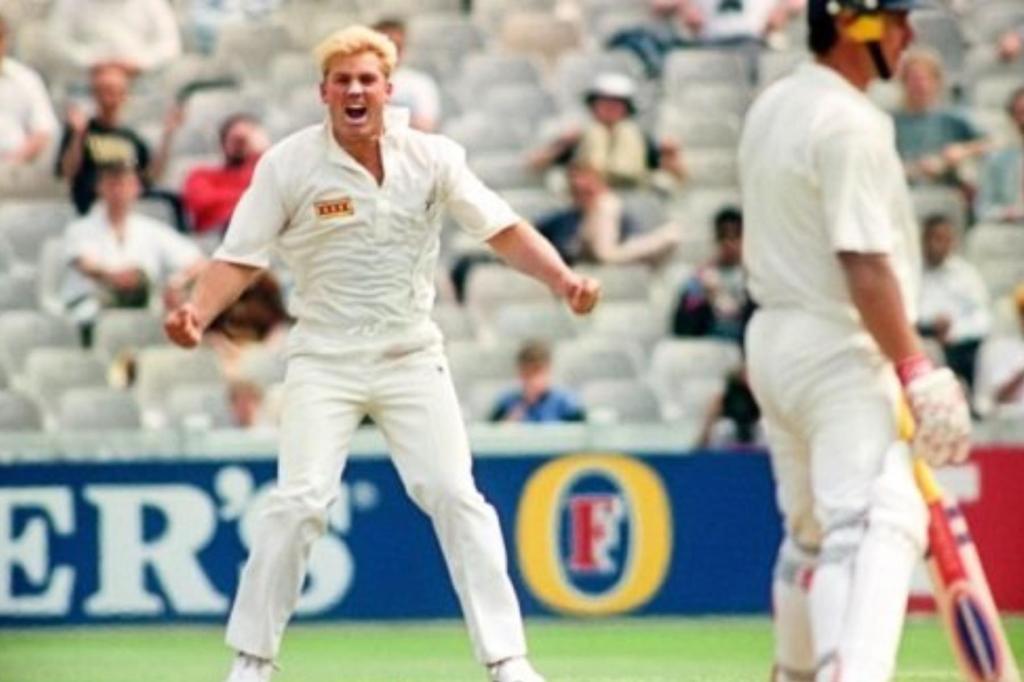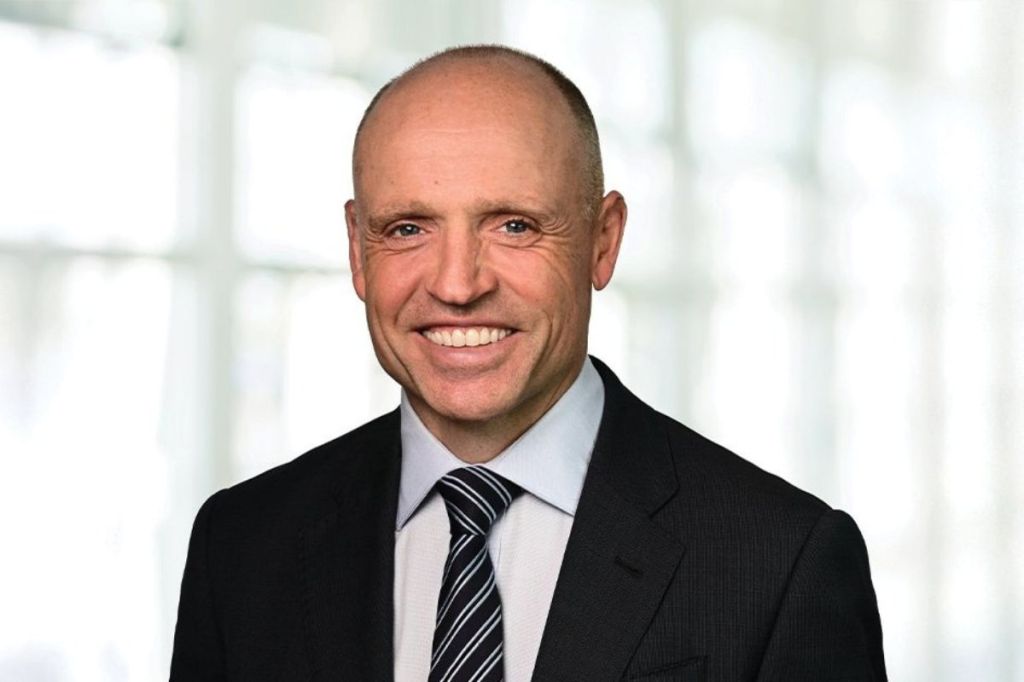Why the Reserve Bank remains reluctant to cut interest rates
The Reserve Bank is again warning Australians not to take anything for granted after holding interest rates for a 12th consecutive month, as governor Michele Bullock said inflation was still too high.
Speaking to reporters after central bankers decided to leave the cash rate target at a decade-high 4.35 per cent at their November meeting on Tuesday, Bullock said it’s still too soon for mortgage relief.
“We’re not ruling anything in or out,” Bullock said, reiterating the RBA’s long-held position.
“We do think that there are still some risks on the upside … underlying inflation that we’re experiencing is still sitting at around 5 per cent for services.
“That’s still a significant amount of inflation in the system and what that’s suggestive of is that demand is still above supply.”
Services inflation
Economists are now predicting that interest rates will remain on ice until early-to-mid 2025 amid concern about a re-acceleration in services inflation over the September quarter.
The vast majority of forecasters anticipate the next interest rates move will be a cut, not a hike, though Bullock has repeatedly said the RBA isn’t ruling anything in or out for more than a year.
You might like
“We’re not in a position at the moment where we can say that inflation is going to be sustainably back in the band,” Bullock warned on Tuesday.
“We want to be more convinced of that … the risks are balanced, we don’t want to say we are ruling one in [a rate increase] or the other [a rate cut] out.”
Underlying inflation
The November rate cut came despite the headline consumer price index (CPI) falling to 2.8 per cent annually, which is within the RBA’s 2 to 3 per cent target band.
However, underlying inflation was still 3.5 per cent.
But economists had expected the RBA to “look through” the headline figures because they’re being artificially reduced by billions of dollars worth of cost-of-living relief from governments.
Bullock said the RBA wants to see underlying inflation fall further before cutting rates, but suggested it would not necessarily need to fall back into the 2 to 3 per cent target band first.
“What we’re looking for is evidence that it’s going to be back sustainably in the band,” Bullock said.
Stay informed, daily
“I don’t think that necessarily means it has to be absolutely back in the band, but we need to be pretty convinced that it’s heading there with a fair degree of confidence.”
Rates relief
Economists at the Commonwealth Bank recently jettisoned a prediction that rate cuts would occur before Christmas and now anticipate the RBA will start mortgage relief in February.
ANZ economists are also expecting the first rate cut at the RBA’s first meeting of 2025.
“The forecasts accompanying the Statement on Monetary Policy have lowered the trimmed mean inflation, GDP growth and Wage Price Index (WPI) forecasts,” ANZ head of Australian Economics Adam Boyton said.
“While most of these are small changes, the forecasts do appear to have evolved in a more neutral direction than the rhetoric.”
Others, however, think it could take until May for the RBA to start cutting rates.
‘Tightening bias’
APAC economist Callam Pickering said the RBA will “maintain a tightening bias” until they see “sufficient progress with regards to services sector inflation and a considerable pick up in productivity growth”.
Much could still go wrong too, as uncertainty abounds both locally and overseas highlighted in the RBA statement on Tuesday.
“While headline inflation has declined substantially and will remain lower for a time, underlying inflation is more indicative of inflation momentum, and it remains too high,” the RBA board said.
“The November SMP [Statement of Monetary Policy] forecasts suggest that it will be some time yet before inflation is sustainably in the target range and approaching the midpoint.
“This reinforces the need to remain vigilant to upside risks to inflation.”
– TND








